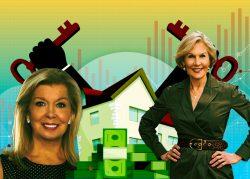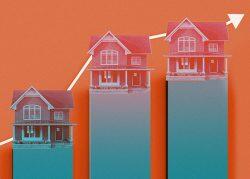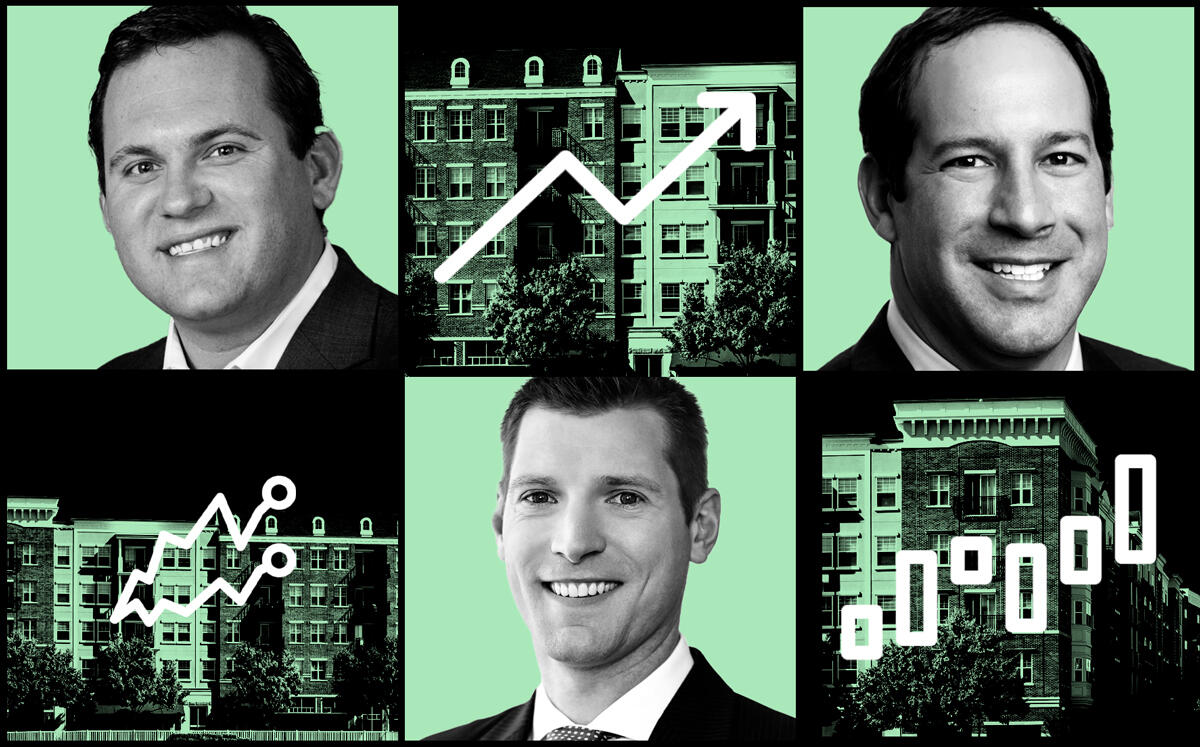Chicago broker Sean Connelly figured he had it in the bag: The multifamily he was selling in Ukranian Village was under contract at a price he figured was tolerable. Then rising interest rates almost killed the deal.
“Deals are falling apart,” said Connelly, a multifamily specialist at 33 Realty. “They’re being repriced. We’re telling our sellers if you have an offer and one is $25,000 or $50,000 less than another but can close more quickly, you do not want to wait.”
That’s what happened to the property. The buyer said he needed to drop his price by 7 percent because he couldn’t secure a loan. The second in line turned him down, too, saying he now needed a 30 percent down payment and a 5 percent rate on the loan instead of 4 percent. Now the original buyer is back in play, “after a lot of fighting,” and putting down a lot more.
The fallout from the Federal Reserve’s push to stifle inflation is hitting Chicago’s sizzling multifamily market hard. Volumes are slowing after jumping 92 percent last year to $2.8 billion through November, according to Yardi Matrix. Fewer offers are likely as lenders raise the price of borrowed money after the Fed hiked the federal funds rate by half a percent, the largest increase in more than 20 years.
“Up until a few months ago things were moving more quickly,” said Interra Realty’s Brad Feldman. “Things are getting repriced and I guess it’s a little uncomfortable for everyone.”
It’s not as if buyers don’t want to acquire multifamily assets. Cap rates, a measure of a rental income after expenses divided by a property’s purchase price, is still higher in the Chicago area than in Sun Belt markets. And capital is flowing toward multifamily as remote and hybrid work arrangements become more permanent, limiting demand for offices.
In addition, single-family home prices jumped in the past two years, and higher rates are making it even tougher for renters to buy, underpinning demand for multifamily rental buildings. Some brokers point to the past, noting that rates are only now approaching their levels of four years ago.

Nate Gautsche at Chicago Real Estate Resources
“Rates were in this range in 2018, and we still saw pretty strong deal flow,” said Nate Gautsche at Chicago Real Estate Resources. “Some of the rental rate growth is offsetting some of that increased cost. Banks are still competing on multifamily loans. If you have a strong borrower and a strong asset, banks are still willing to be aggressive.”
Most at risk are deals involving a plethora of units and hefty price tags, and those in which buyers pursue renovations to justify higher rents. Bridge financing for such construction work is often provided on a floating rate basis, which is becoming less appealing as rates climb.
“The current environment has made that tricky to underwrite,” said Brian Karmowski of the brokerage Essex. “For newer construction or fully stabilized product, buyers were easily obtaining sub-4 percent debt. Today that’s quickly drying up. The spread compression has made it difficult for pricier deals to pencil out.”
Sellers are also looking beyond prices, a change from a few months ago, when capital was cheaper and the highest offer was an automatic winner. They’re also seeking faster closings, meaning bigger down payments – an aspect that was often overlooked when lower financing was available.
“The cost of funds has increased substantially,” Aaron Appel of the lender Walker & Dunlop said on a recent podcast hosted by his firm. “I don’t think there is a lack of liquidity, I just think it’s a tough pill for a lot of sponsors to swallow to see the cost of their funding come close to doubling in such a short period of time.”
Read more


